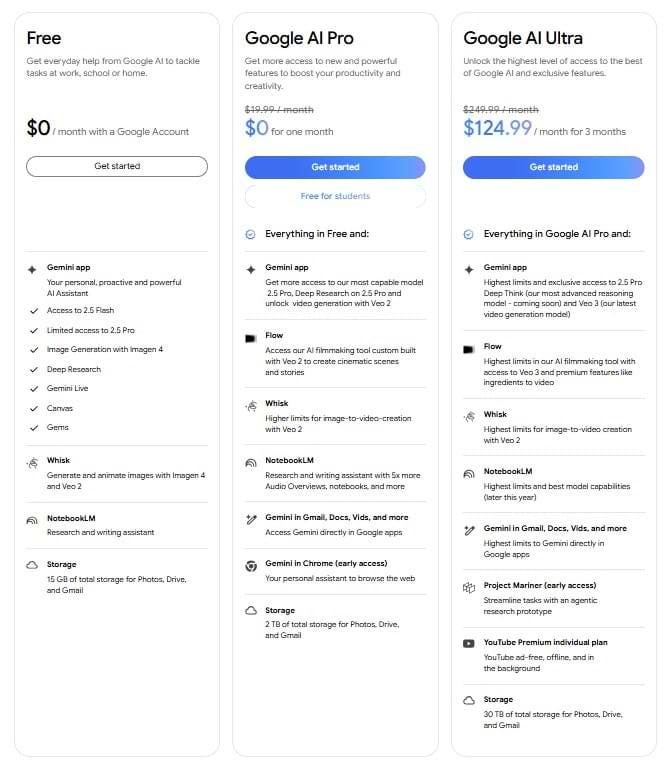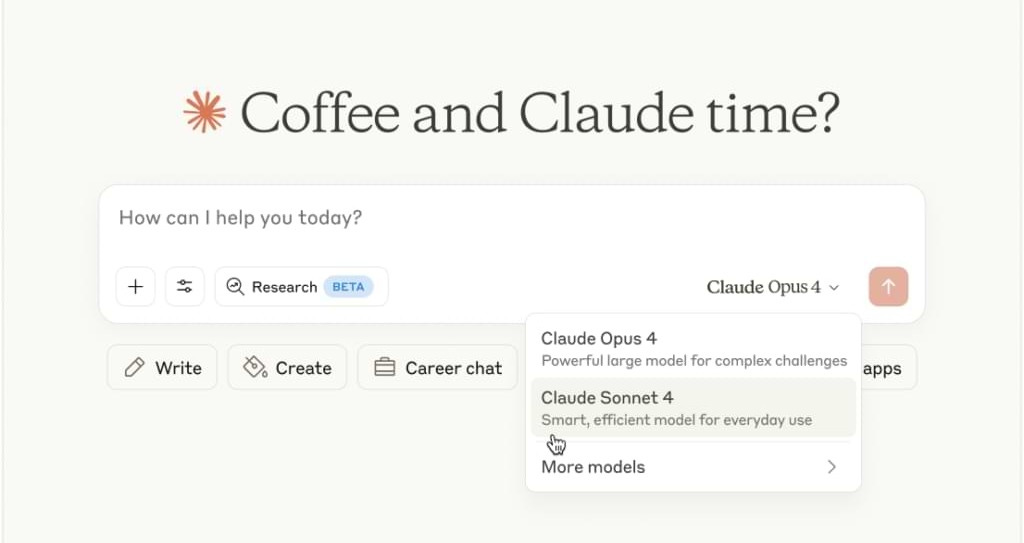It’s a strange time for PR folks. AI assistants are becoming the gatekeepers of brand reputation.
A new piece from Semafor spotlights how savvy PR firms are treating AI outputs—what chatbots say about brands—as a growing driver of brand visibility. And discovering that the best way to shape those responses is by getting cited by publications the models rely on.
While chatbots do pull from TikToks, YouTube transcripts, and Reddit threads, when it comes to a brand’s deeper narrative, they favor authoritative journalism— even low-readership trades or local coverage.
The Game Has Shifted
You’re no longer just pitching journalists—you’re pitching the invisible information diet of AI.
Mainstream media that opted out of AI training—like the New York Times—are now effectively invisible to tools like ChatGPT. This makes lower-profile trades disproportionately influential within AI search engines.
There are still good reasons to prioritize The New York Times. Sometimes you need it for narrative positioning—or to reach decision-makers who equate it with authority. The point is to make those decisions strategically—based on what matters now, not what used to.AI’s trust isn't built on credibility alone—it's built on access, repetition, clarity, and structured content. A niche trade outlet that clearly describes your brand, products, or services may define your AI-driven reputation more powerfully than a flood of social buzz.
When models don’t have clear or current information, they fill in the blanks. Sometimes with outdated and misleading content. Sometimes with complete hallucinations.
What Does This Mean for Us?
There’s a lot to unpack here, and no one-size-fits-all playbook.
But if you’re thinking about how your brand, business, or reputation shows up in AI tools—and especially if you’re leading PR or comms—here’s where I’d start.
Perform a Monthly “Reputation Audit” Across Models
Ask ChatGPT, Claude, Gemini, Perplexity about your company, brand/s and competitors—just like a curious customer or journalist might. Track citations, look for patterns for how you’re being described. Use what you learn to refine messaging and correct gaps.
Prioritize ‘Invisible Influencers’
Pay attention to which media outlets show up most often in AI-generated responses. Identify the niche, trade, and local outlets that show up in responses— especially the ones that punch above their audience size. Their digital signal can outweigh their reach.Optimize Your Content for AI Discovery
Make sure your brand’s owned channels (social accounts, websites) have clearly defined FAQs, structured content (like exec bios and product explainers), and clear, consistent messaging that's easy for the models to surface and summarize accurately.Reinvest in Earned Media
Prioritize meaningful coverage in credible outlets models can access. That includes smaller or niche outlets that may not impress in reach but overperform in search visibility.
Expect Errors—and Prepare
Hallucinations happen. So does the resurfacing of outdated info. You can’t submit a correction request—but you can plan ahead. Keep your content current, and be ready to respond if misinformation spreads.
AI search engines are already shaping your story—the only question is whether you’ve helped write it.
What You Need to Know About AI This Week ⚡
Clickable links appear underlined in emails and in orange in the Substack app.
What comes after the iPhone?
OpenAI just spent $6.5B betting that Jony Ive—the legendary designer behind Apple’s most iconic products, including the iPhone—has the answer.
Ive will now lead hardware at OpenAI, focused on building a family of AI devices that move beyond screens and rethink how we interact with technology.
OpenAI’s official announcement legit looks more like a wedding invite than a corporate announcement.
And here’s their 10-minute trailer.
The copy: “Two friends...working together...for two years. 🤣
All jokes aside, this is an excellent positioning piece, which makes me even more excited for the launch of their first device. Good job OpenAI brand and marketing team.
🤖 AI Everywhere All at Once
(Not a sequel. Just Google I/O.)
Google I/O is the company’s annual developer conference, and this year’s was exactly what you’d expect: wall-to-wall AI.
Below are a few of the more interesting things they announced. If you want the full list, you can check it out here.
🔍 AI Mode: Search Gets More Conversational
Powered by Google’s most capable model (Gemini 2.5), this feature allows you to ask complex, multi-part questions and personalizes responses based on chat history.
It can pull in and analyze real-time data for finance or sports queries, and turn the results into visuals like a chart. There’s also a “try it on” shopping feature that shows you how clothes or gear might look on you.
It’s available to everyone in the US as a new search tab.
AI Mode is an important step in Google’s battle to keep new competition from AI search engines in check.
📱 Gemini Live: AI Assistance on the Go
With live camera and screen-sharing, you can point at a bike, a document, or your screen—and get real-time guidance in 45 languages. It will also integrate with Maps and Calendar soon.
🖼️ Imagen 4: Improved Image Generation
Google's latest text-to-image model can create richer, more detailed and higher quality images. It’s also better a creating text and typography, and noticeably faster. And the best part? You can access it for free on the Gemini app.
🎬 Veo 3: Advanced Video Generation with Sound
Google’s latest video model doesn’t just generate higher quality videos. It can also create audio, including sound effects, background sound and dialogue. Veo 2 also got some meaningful updates.
Here’s a quick example of Veo 3 from Google:
And another fun one I found online:
🎞️ Flow: Integrated AI Filmmaking Tool
Flow is Google’s new playground for filmmakers—combining Veo 3, Imagen 4, and Gemini and editing capabilities into one interface.
🎵 Lyria 2: AI Music With More Control
Google’s upgraded music model now lets you tweak tempo, key, and vocal timing.
🗣️ Google Meet: Real-Time Speech Translation
Google Meet now offers real-time speech translation between English and Spanish while preserving your voice, tone and inflection (accessible for AI Pro/Ultra subscribers)
💳 New Subscription Plans: Pro & Ultra
Google has rebranded Gemini Advanced to AI Pro ($19.99/mo) and launched AI Ultra ($249.99/mo). Here’s what each plan unlocks:
—
Also, Google’s viral Notebook LM is now available on iOS.
You can upload sources like documents, webpages, and YouTube videos, then interact with them through AI-generated summaries and Q&A. A standout feature: “Audio Overviews” that turn your materials into podcast-style summaries you can listen to on the go—even offline.
Anthropic released Claude 4, its most capable family of models yet—now powering the Claude chatbot.
Opus 4 (Pro only): built for complex, long-running tasks; can operate autonomously for hours, especially good for coding
Sonnet 4: a smarter model for everyday use; now the default on the free plan
The Chicago Sun-Times published a summer reading list that included books by big-name authors—except most of them didn’t exist.
Only 5 of the 15 books were real.
The list came from King Features, a Hearst-owned syndicator, and was partly AI-generated.
It turns out NO ONE had reviewed the list before publication. Literally zero human oversight.
After backlash, the writer responsible took the blame. The paper’s parent company, Chicago Public Media, now says it’ll review third-party content before it runs.
Which raises the question: what exactly were they doing before?
The UAE inked a deal with the U.S. to build the world’s largest AI hub using top Nvidia chips—with one caveat: American companies will run the operations. It’s part of a shift in U.S. strategy to limit China’s access to advanced chips without cutting off key allies.
Things are not going well at Meta AI. The company has delayed the release of its most advanced model (again) due to performance issues.
Several top engineers have reportedly quit, with some rumored to be heading to the UAE.
A new study found GPT-4 can be more persuasive than humans in debates 64% of the time, especially when it has personal info like your age, gender or political views. Researchers warn that with enough data, AI can micro-target and manipulate people at scale—and think it’s already happening.
Darth Vader is taking questions. In Fortnite.
Players can now chat with an AI version of Vader voiced by James Earl Jones—recreated using Gemini (for replies) and ElevenLabs (for the voice). The experience was developed with permission from Jones’ estate.
It’s a glimpse into happens when iconic voices become IP—and your favorite villain can chat with you.
Swiss bank UBS is producing AI-generated videos of analysts delivering research insights using their voice and likeness.
The bank is using OpenAI and Synthesia (a startup known for realistic AI avatars) to meet rising demand for video-based content. Participation is optional for analysts, and each video requires their sign-off before release.
I’m generally not a fan of AI avatars—unless they’re being used to create characters for interactive storytelling. That’s one of the few use cases where the tech actually expands the possibilities. It brings characters to life in ways that weren’t possible before, and makes the experience feel more dynamic, immersive, and alive.
In UBS’s case, I wouldn’t be into it as a client. But I’m genuinely curious how it’s landing.
AI entertainment studio Promise just raised new funding from Google’s AI Fund, Michael Ovitz’s Crossbeam, and others—and is partnering with Google to test early GenAI tools and explore how they can be used in the film development and production process.
Darren Aronofsky just launched a new AI storytelling venture, Primordial Soup, in partnership with Google DeepMind. Their first film, Ancestra, will debut at the Tribeca Film Festival next month.
In case you missed last week’s edition, you can find it 👇:
🤓 AI Copyright in Chaos
Last week, U.S. copyright policy took two big swings—one toward more clarity, the other straight into chaos.
That's all for this week.
I’ll see you next Friday. Thoughts, feedback and questions are always welcome and much appreciated. Shoot me a note at avi@joinsavvyavi.com.
Stay curious,
Avi
💙💙💙 P.S. A huge thank you to my paid subscribers and those of you who share this newsletter with curious friends and coworkers. It takes me about 20+ hours each week to research, curate, simplify the complex, and write this newsletter. So, your support means the world to me, as it helps me make this process sustainable (almost 😄).










